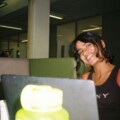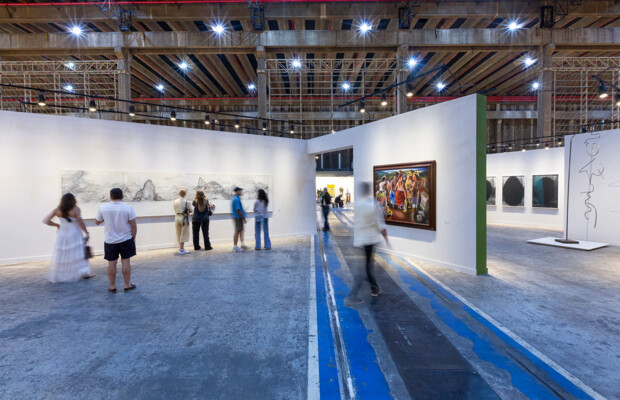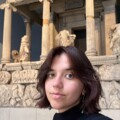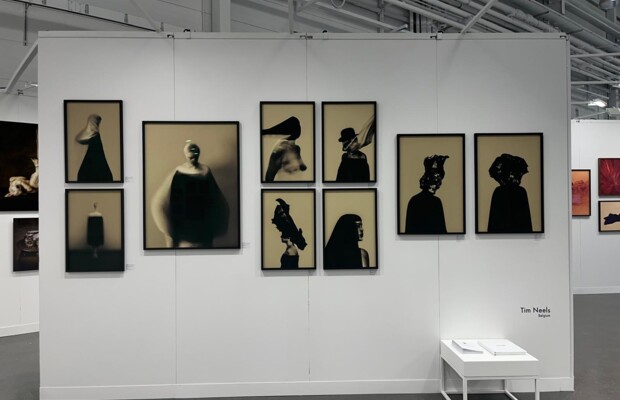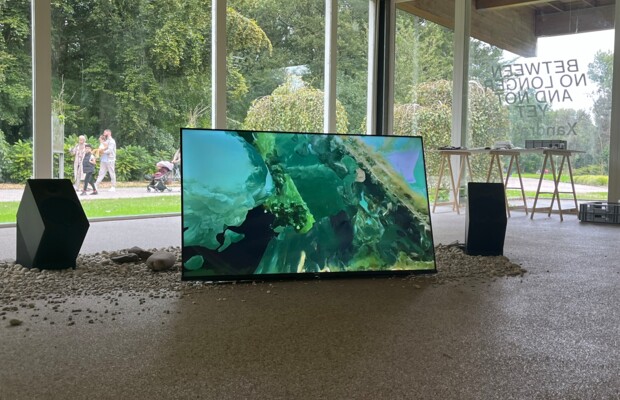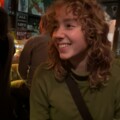Welcome to Ceramic Brussels: The [Capitalist] Renaissance of Ceramic

Ceramic – earthly materials moulded and fired, embody civilization. In 5300 BC, in a dusty Mesopotamia, humans learned to shape clay into containers to store food and water, utensils for daily life. Our evolution, as a human race, may not be disentangled from that of the ceramic medium. From cavemen with hunched backs, we become visitors at an art fair about cups and saucers…
“We all start with the same block of dirt. It is cool to see what other artists do with it,” says exhibiting artist, Felix Stöckle.
Cut to the city of Brussels. De facto capital of the European Union, where you find graffiti and the smell of urine on the same street as the Parliament. Freedom! The residence of many art collectors, the city is a space for experimentation and assimilation. At Tour & Taxis, a former industrial site by the Brussels Canal, Europe’s first art fair devoted to the ceramic medium took place from 25 to 28 January.
Ceramics will be, and are already coming back to the high lines,
Less than two years ago, Gilles Parmentier and Jean-Marc Dimanche traveled around Europe, liaising with contemporary art galleries, and those dedicated to ceramics.“We asked artists and institutions if they would be interested in such an event. We had really positive feedback from them. They pushed us to organize such a fair, and recommended doing it as soon as possible. They explained that a fair dedicated to ceramics would be an asset,” said Monsieur Gilles in an interview with follow.art.
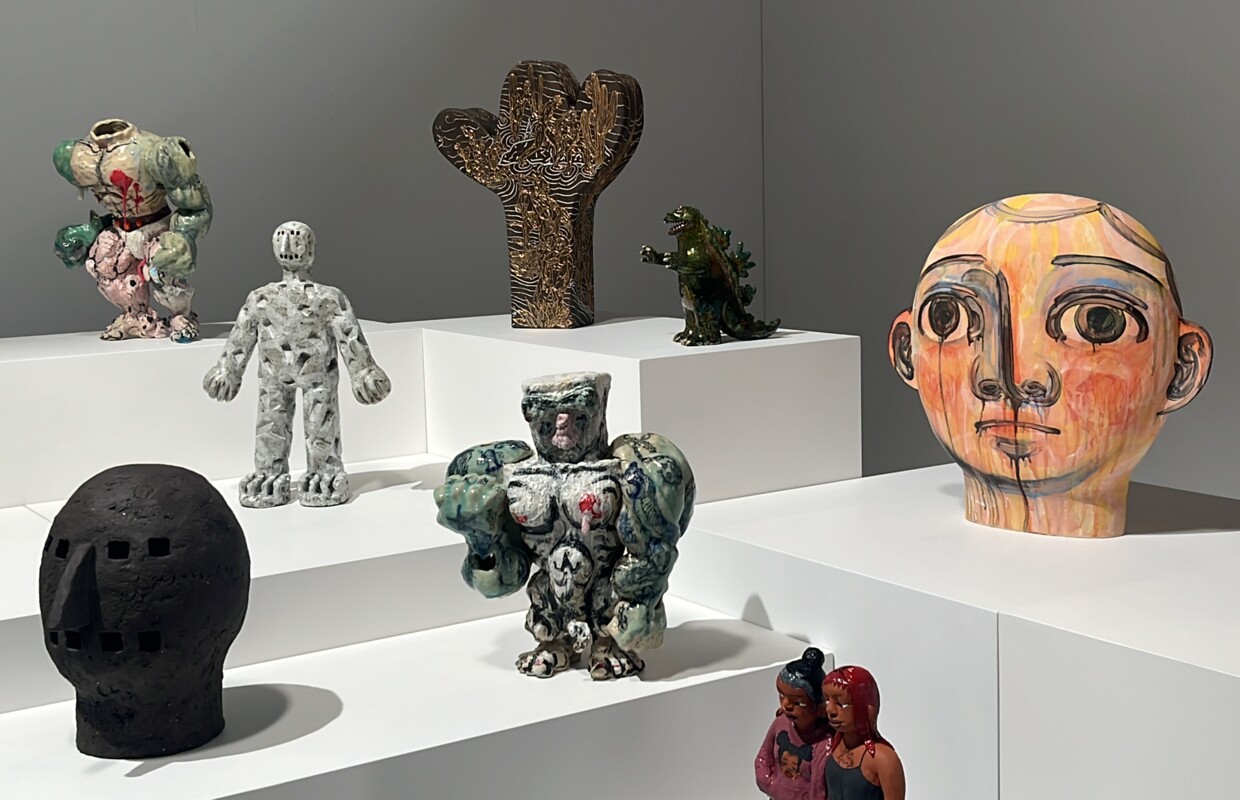
In modern times, ceramics experienced a renaissance, thanks to influential artists such as Miquel Barceló, Klara Kristalova, and Johan Creten—the guest of honour for Ceramic Brussels. “I hate Ceramics” says Johan in an interview with Randian in 2014. In his thought, practicing the ceramic art in a contemporary light demands an artist to renounce its long utilitarian, mercantile history. This marks its rebirth in the early 90s. A focus on beauty, the body politics—the sensory bonanza of ceramics coincides with the postmodern movement in the arts. The emergence of postmodernism after the dystopian second world war, emphasized feeling over technique; emotion over convention.
Why did the fair take so long to arrive, then? Monsieur Gilles explains that now, the present moment is the perfect time for Ceramic Brussels: “I think that people weren't ready a few years ago, because there was still much of a split between craft and utility. Yes, there were pioneers in the field, like our Guest of Honour and some others, but they were a little too alone in their vision. Now there are more and more young artists [...], who are willing to work with ceramics. It is an amazing field of exploration. And ceramics are not anymore badly considered in the art world, by galleries. People are more interested in it”.
“The event is a prologue to a yearly publication positioned around the links between ceramics and the contemporary art scene. A ‘reference event’ for collectors and art lovers to acquire and experience ceramic collections,” elaborated Gilles Parmentier.
Ceramic Brussels supports young, independent and emerging artists by awarding a prize determined by the members of an international jury of established ceramicists. From 200 applications, ten laureates were selected in October 2023—of French, Belgian, Korean, and Taiwanese origin. Curated by director Jean-Marc Dimanche, also the founder of Maison Parisienne, a traveling gallery specializing in French crafts, Ceramic Brussels exhibited the laureates’ work in a setup open to the public.
From 60 participating galleries and 20 solo shows, I dove into the beautiful world of ceramics. There was a tailor-made installation at the fair’s entrance by Rond Carré Studios. A perfect circle laid out on the ground, filled with white, ceramic teapots, cups, and saucers: a humorous, self-reflexive piece on the history of ceramics. The most proletariat, common use of ceramics, when presented in an exhibition, prepares the visitor to intimately relate to the ceramic medium. Completely entrenched in cutlery, as a mass-produced consumer good, Carré studio’s installation almost satirized the objective of Ceramic Brussels: “networking at a high European level”, quoted from the press release. A playground of rich people, funded by the even richer people of Puilaetco: the birth of a new market.
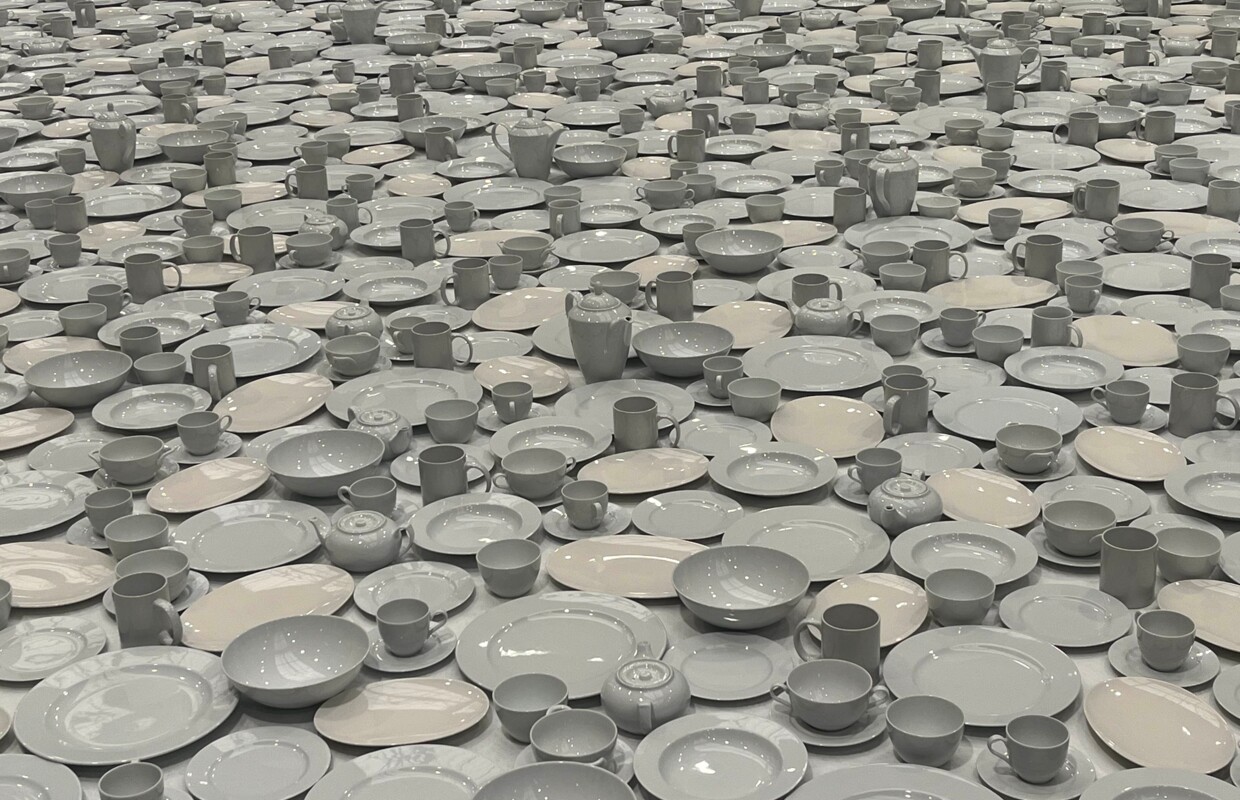
The artists were open and honest about their work, welcoming conversations and questions.
One of the laureates, Ming Miao Ko, a Taiwanese artist residing in Belgium since 2018, displayed her collection titled, “Handle with Care 2021”. With a past in contemporary jewelry, Ming has a fascination with the human body. The collection depicted a fascinating combination of coastal symbols [shells, fish], mechanical things [tools, a bottle-opener], and male genitals. Curious, I asked about Ming’s inspiration: “I combined the body with things to show objectification. But also, to show that the body must be handled with care”. The synthesis of shells, a strong symbol of femininity, and the phallus broke ambiguous gender binaries, illustrating androgyny, through Ming’s gentle, yet bold technique. Reluctantly separating art from employment, “real life” beckons.
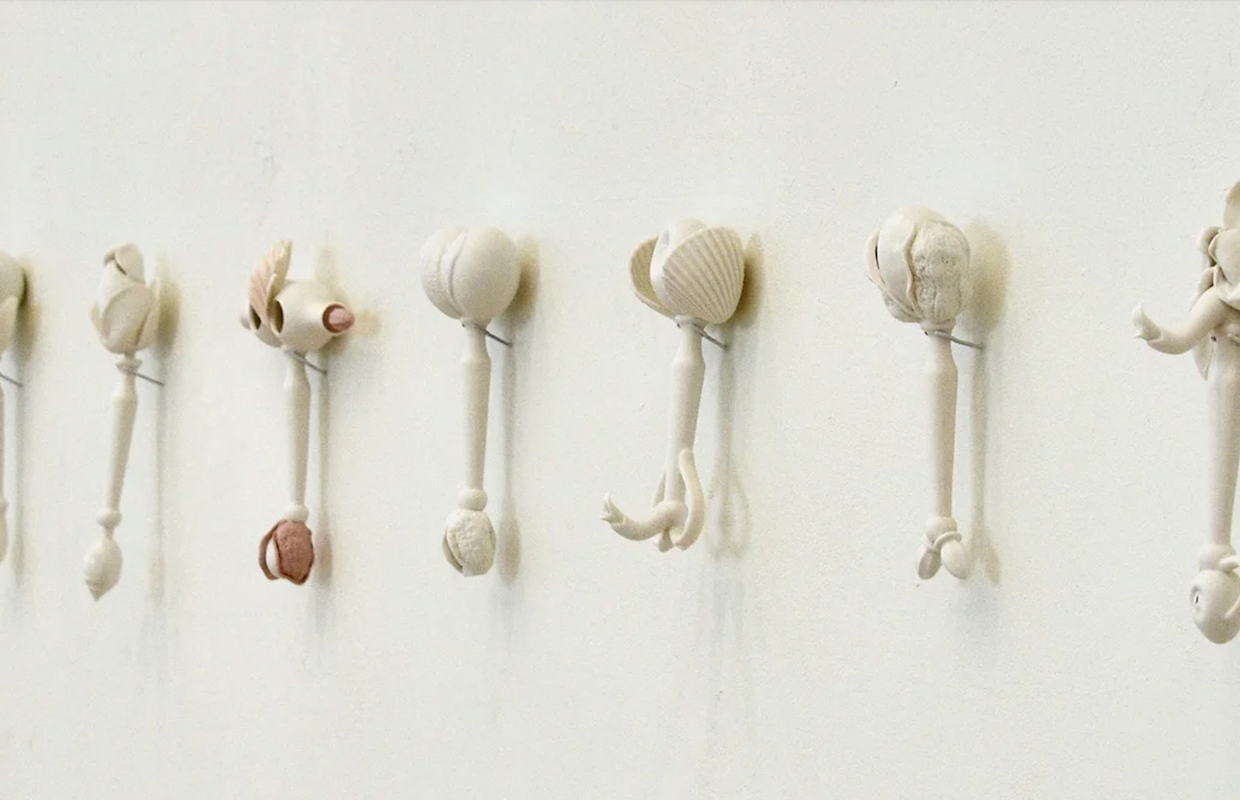
I appreciate the chance to present my work, and perhaps be exhibited by more galleries. This makes me more comfortable about my residence permit. I cannot rely on my own work yet to be able to pay rent. So, I have to work for others, which drains me. I took three months off to create this collection, until February, when I have to go to work again,
Ceramic Brussels empowers emerging artists, while offering a platform to be—as goes in the art world, “discovered”.
Another laureate, François Bauer, sold a piece for about €1500, within the first few hours of the opening. An older Dutch couple eagerly photographed François next to his work, ecstatic for their newest acquisition. Part of a chronological series that melts into each successive piece [as goes with the physical property of ceramic], the Strasbourg-based artist uses red stone and French porcelain to explore 3D art. The pastel colours and “sculpting by numbers” kind of grants François’ work a child-like quality: “I am showing my inner child in 3D,” he jokes. A background in design and the lifelessness in drawing birthed an inventive collection, with another piece on the way!
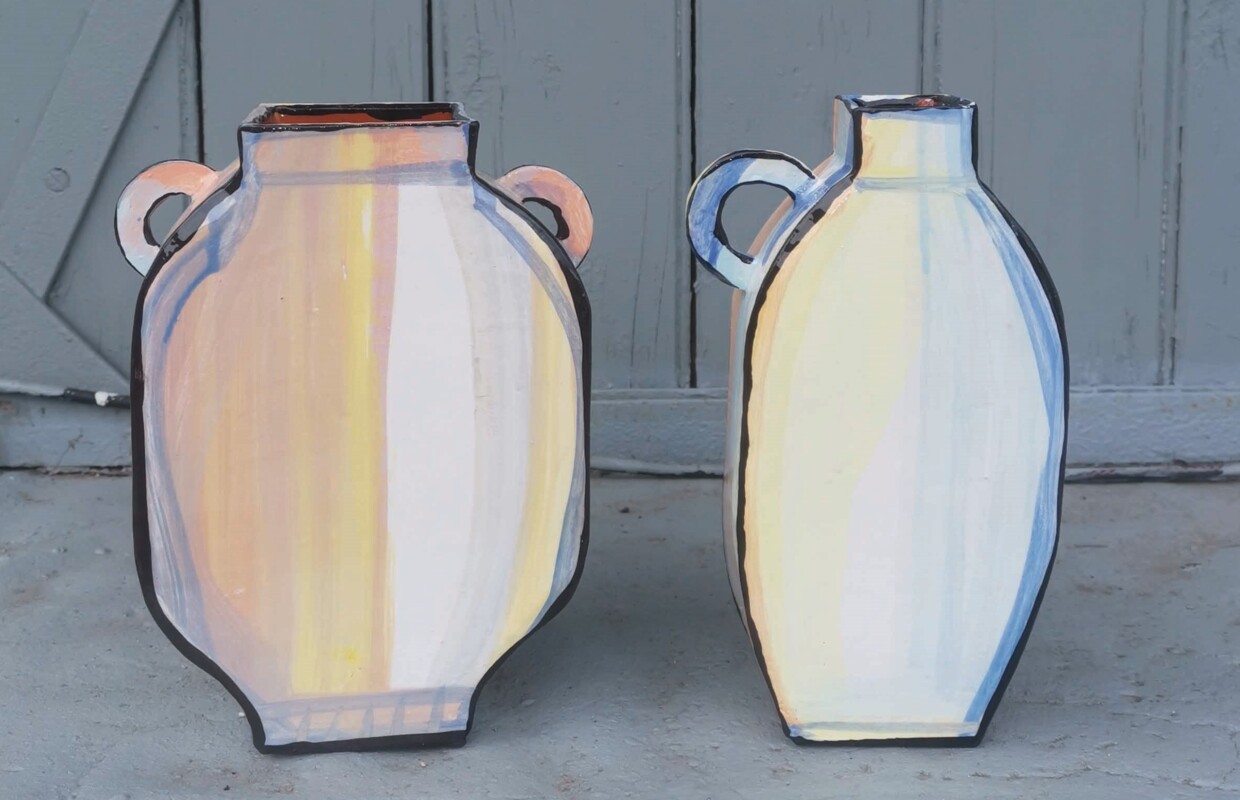
Joke Raes, a ceramicist based in Belgium, was between a state of sleeping and waking as she saw a vision. Immediately sketching it out, during the pandemic, “Slumbers Poem” came into being. An abstract, elaborate installation of dreamy branches took three months to sculpt: “Making this piece felt like the natural way to experience time… slowly,” she says. Excited about the visibility, Joke tells me how the art fair is an opportunity to meet interesting people. On the subject of the fair she says, “Our [laureates] main focus is not selling. But the pieces of the galleries inside are different, as though they are made to be sold”.
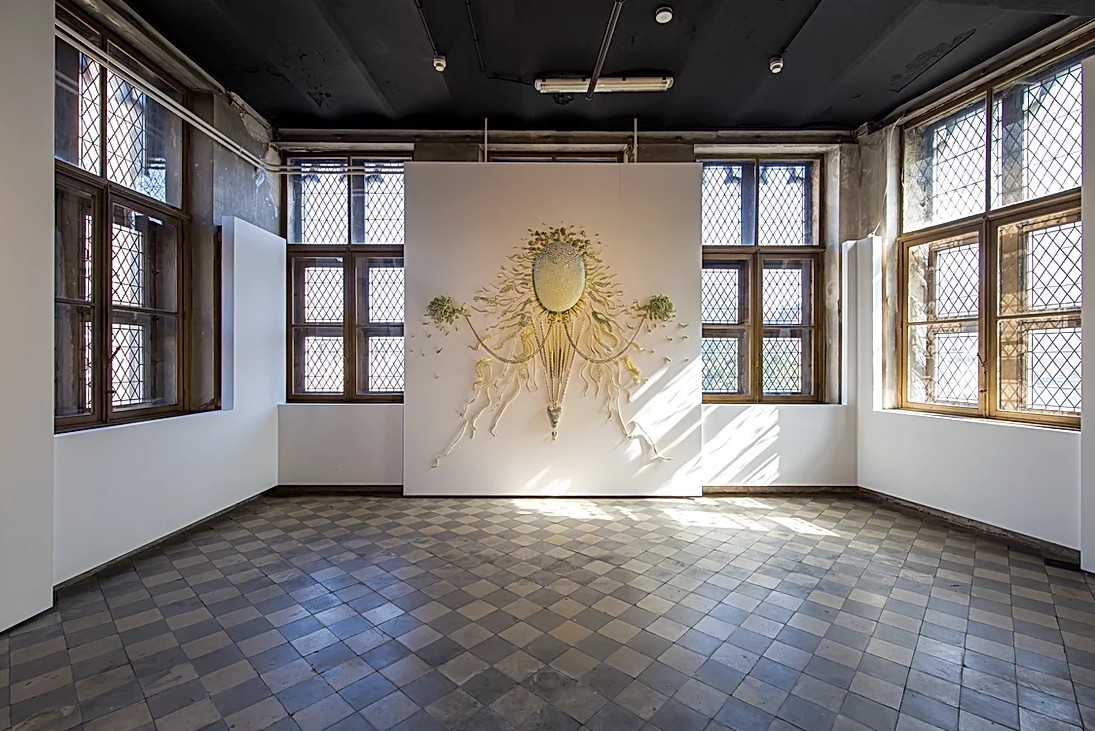
I found fervour, hope and a generous flow of creativity while speaking with the laureates. The second I crossed over into the galleries’ booths, innocence became a ruthless, yet stunning market. A booth to my left, displayed figurines, almost resembling collector’s items. For a second, I doubted if I had accidentally walked into Home Depot’s décor section. Although, as I learned, the art fair facilitated conversation, and discourse undresses the layers of meaning.
When asked about his expectations from the fair, among other aspects, Monsieur Gilles said that “The ideal is to have a sold out fair, meaning all galleries have sold all pieces. We are expecting more than 10,000 people at the fair. Already starting from December last year, we have had a lot of interest from collectors and museums”. Sixty European galleries neatly lined up in a hall, and a constant chatter between visitors, gallerists and artists, Ceramic Brussels set out to glaze our anticipation. Although, I wondered if such an arrangement of contemporary ceramics shadowed the commodification of art?
One of the first pieces I saw in the hall was Etienne Pottier’s solo show, represented by Galerie DYS. In the focus stood a magnificent, malnourished, golden cow, with several trinkets around its neck—from skulls to smiley faces. A gaping mouth, skinny legs, and creases for the ribs, all glazed in an icky gold, seemed to me, a glamorization of poverty and a hunger for the curiosity of the European market. Listed for €40000, the artwork made my stomach churn. Yet, Pottier’s precise manipulation of the material, renders her a contemporary master of the plastic arts.

Many fascinating textures abound, I badly wanted to touch an artwork to feel the bends of a sculpture. Perhaps, such is the reason ceramics are meant to be bought. Ownership makes way for a more personal experience of the artwork? In conversation with Camille Bloc, representing Galerie Vallois, “With your eyes, you can feel the texture”. Consider Finnish sculptor Kim Simonsson’s Moss collection: a layer of nylon fiber over ceramic, creates such a vivid texture, your vision immediately feeds into a sensory experience.
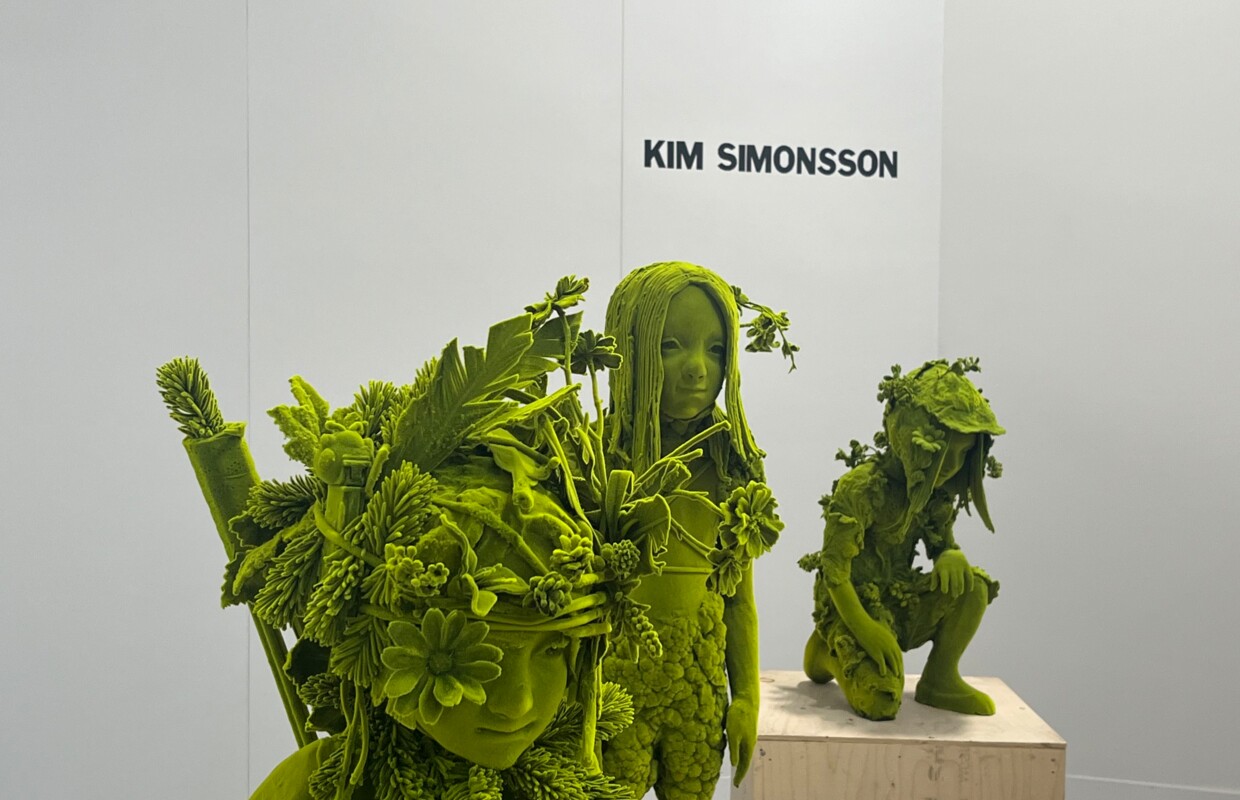
Talking with an art collector wishing to remain anonymous, I inquired what she looked for in buying an artwork:
I see technique, how they have done it… From the handwork, to the consistency of the glaze. I like perfection.
An intimate knowledge of the material gives certain collectors a keen eye, tracing the process of an artwork.
Subverting the idea of perfection, the work of Felix Stöckle takes a playful, yet political approach to the art of ceramic. Alluding to the Greek tragedy of Icarus, whose infatuation with invention ends in demise, Felix’s work ridicules Swiss militarization. In this select piece, my favourite one, a comical drawing of Icarus is shattered and burnt in a homemade oven, whose coal adds a patchy colour, the literal manifestation of Icarus burning.
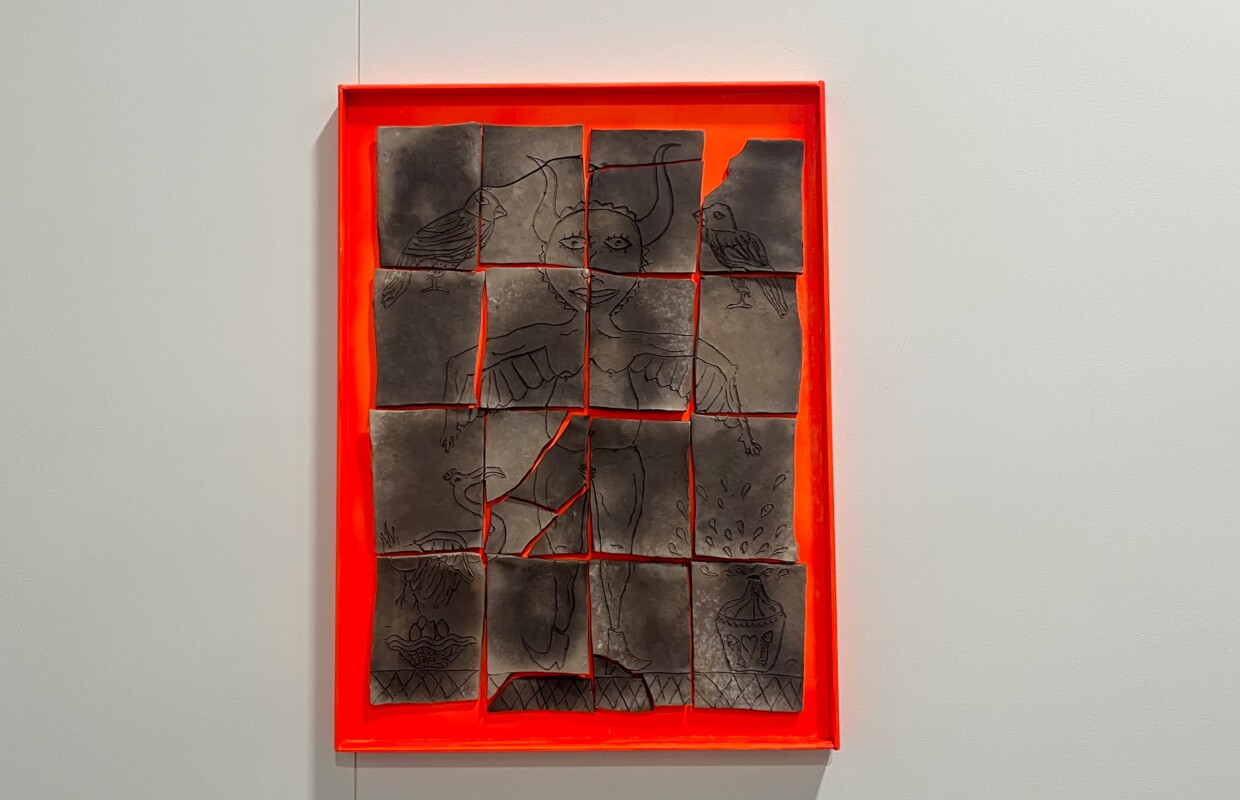
In the 18th century, Marie Antoinette gifted à Sèvres porcelain Service de Toilette to the empress of Russia. For very long, from China to Europe, ceramics served as an emblem of wealth and diplomacy. Ceramic Brussels bowed to the history of the material, and simultaneously arose from it—truly bringing ceramic into the contemporary era. A stepping stone for up-and-coming artists, a platform to conduct business, Ceramic Brussels brought people together.
Flipping through a book, I read: “Creativity needs material in which to become incarnate”. More than clay, the art world seeks investment, by museums, private banks, and sumptuous collectors for its sustenance. A small price to pay for the renaissance of our soil, soul, and ceramic.
Share the post:
